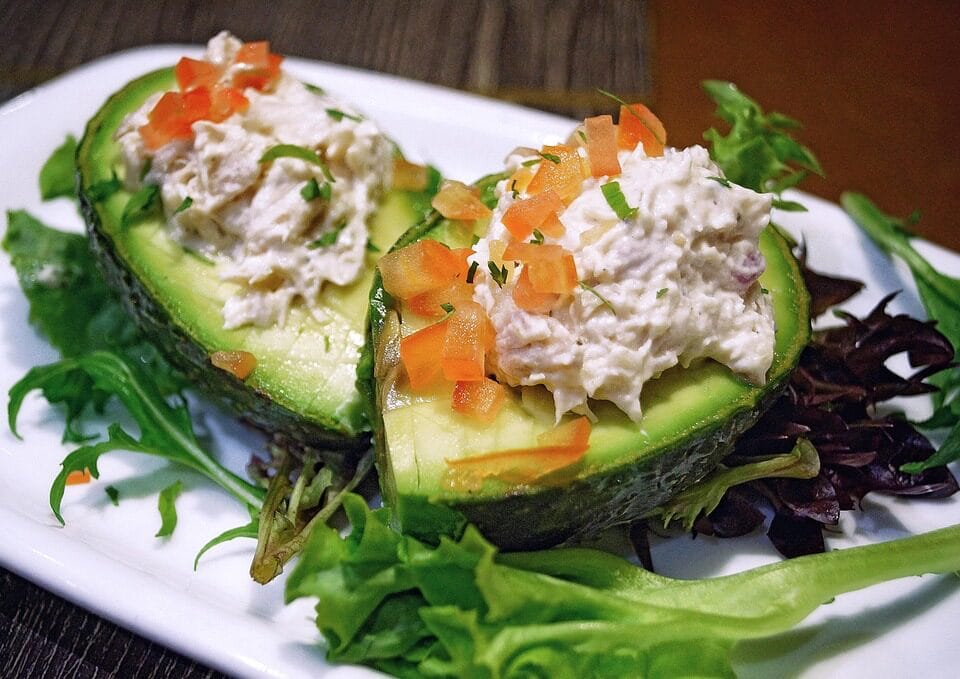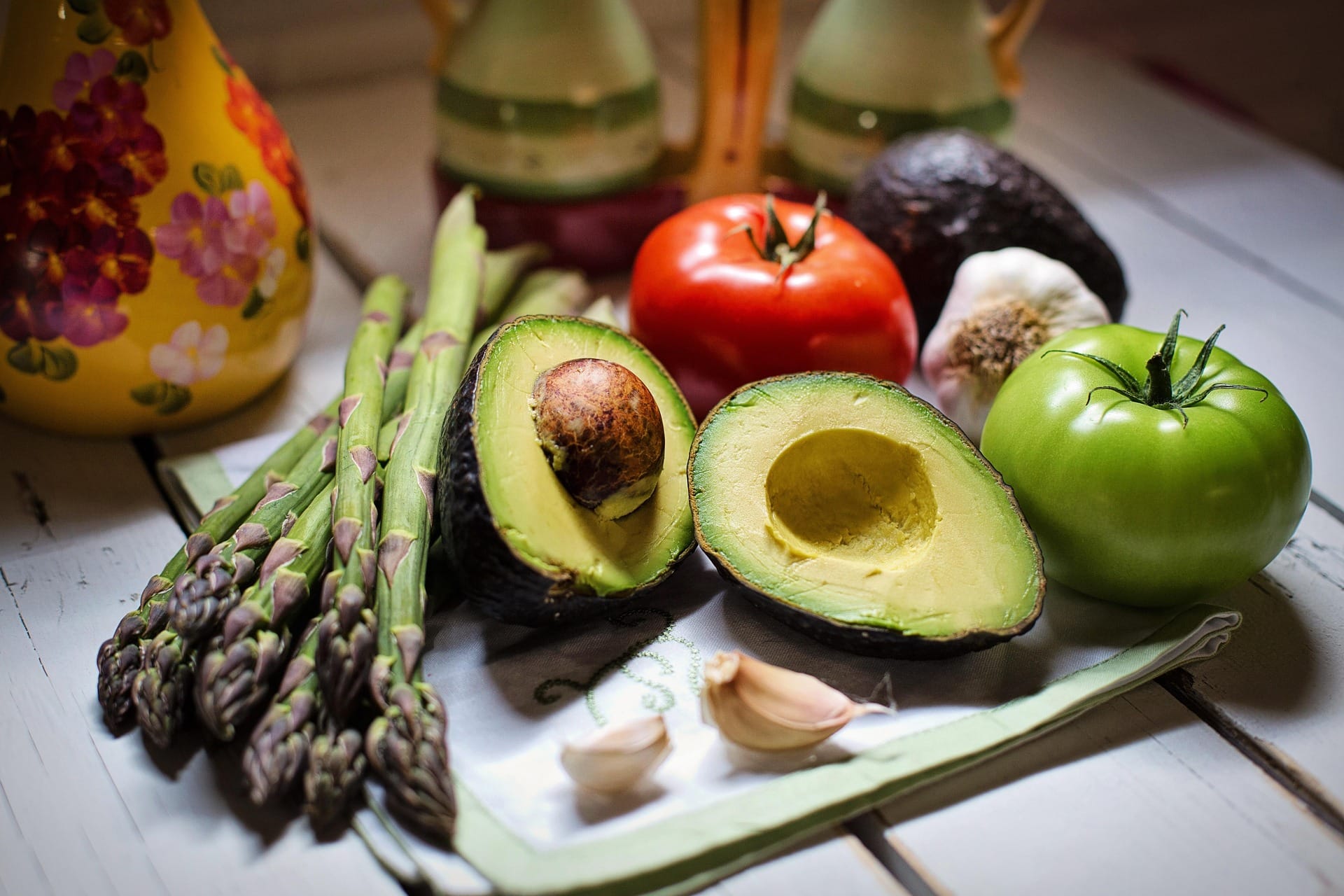There is a popular belief that there are superfoods - foods that contain a high amount of various beneficial substances in small volumes. It is believed that due to this feature they have miraculous properties. We decided to check whether this is supported by scientific data.
They write about the existence of superfoods and their incredible benefits for humans sites retail chains and supermarkets healthy food, as well as sites selling dietary supplements And technique for physiotherapy. Interested in the topic lifestyle publications, bloggers And magazines about yoga. Note You can even find information about superfoods on the Rospotrebnadzor website. In particular, it says that buckwheat is also a superfood, and exotic chia seeds can be replaced with flax seeds.
Although the term "superfood" began to actively use only a few decades ago, it was used in advertising before. Thus, at the beginning of the 20th century, the United Fruit Company, which sold bananas in the USA, encountered with the decline in demand for these fruits, which are no longer exotic, and launched an aggressive advertising campaign. Bananas began to be positioned as a superfood - an affordable, tasty and healthy product, which, thanks to its peel, has natural protection against bacteria and microbes. The article “The Nutritional Value of the Banana,” published in 1917, even received a positive review from the Journal of the American Medical Association.
Subsequently, the term “superfood” took root, but never found a specific, and most importantly, consensus definition. Basic dictionaries of the English language (for example, "Cambridge Dictionary" And Collins) are limited to fairly general formulations like “a product that is considered very healthy” or “a product that contains many vitamins.” On the website of the reputable Cleveland Clinic said, that superfoods usually refer to natural foods that are especially rich in nutrients and at the same time contain few calories. Legally, the term is also not fixed, although in 2007 it was introduced in the European Union ban advertising products as superfoods without providing consumers with scientific evidence of their benefits.
For the purposes of this discussion, superfoods refer to foods that are promoted in advertising and media as containing large amounts of different beneficial substances (antioxidants, vitamins, minerals, fiber and fatty acids). These include, for example, goji and acai berries, blueberries, avocado, chia seeds, spirulina, quinoa, matcha, and some vegetables such as kale and spinach. The beneficial substances in these products are supposedly contained in an easily digestible natural form, which makes it better penetrate into the body's cells compared to synthetic vitamins. Also, superfoods, as is often stated, capable strengthen the immune system, reduce the risk of serious diseases, including cancer and heart disease, as well as help in the fight against depression, reduce blood cholesterol and promote weight loss.

In 2023, Spanish scientists analyzed, which products are most often called superfoods in English-language media. The top ten included kale, spinach, salmon, blueberries, avocado, chia, walnuts, beans, dairy products and garlic. Next, the researchers checked what beneficial properties were attributed to these products and which of them were supported by scientific evidence. It turned out that many of the “superpowers” of these superfoods were recorded only in experiments in vitro (that is, in cell culture), but were either not studied or did not show any benefits in experiments in vivo (that is, in living beings, including humans). For example, kale contains the compounds glucoraphanin and glucobrassicin, which in vitro actually effective against tumors of the liver, prostate, breast and pancreas, ovaries and colorectal cancer, but it is unknown how these substances will behave when they enter the digestive tract and not isolated cells. Accordingly, there is no data on how much kale you need to eat to fight cancer. At the same time, both Spanish scientists who studied superfoods and their Italian colleagues, who focused on the anti-cancer properties of glucoraphanin and glucobrassicin, note that other cruciferous vegetables, such as cauliflower, broccoli, kohlrabi and radish, are also rich in these substances (although they are not considered superfoods). There is no evidence that these compounds are somehow better in kale.
Another food that is often characterized as a superfood is spinach. Although exist Studies confirming that a diet rich in leafy greens helps prevent cardiovascular diseases, Spanish scientists insist: there is no reason to consider spinach an effective means of protection. The fact is that its usefulness is shown mainly by those works that did not take into account the lifestyle of the subjects and other dietary features. At the same time, those authors who used an integrated approach in their studies came to the conclusion that spinach did not bring any particular benefit. Leafy greens in general and spinach in particular are typically consumed by people who lead a healthier lifestyle, so it makes sense that cardiovascular disease is less common in this group. It is not known whether the risk of stroke or heart attack in a sedentary, smoking, overweight, and alcohol-drinking person will be lower if they add spinach to their diet of mostly fast food compared to the same person who avoids spinach. Therefore, it is at least premature to endow this plant with some magical properties against cardiovascular diseases.
Moreover, the key substances contained in spinach that protect against cardiovascular diseases are nitrates; it is their derivatives that reduce blood pressure and strengthen the walls of blood vessels. However, excessive consumption of nitrates, which can be added to spinach artificially using fertilizers, is potentially dangerous. Excess nitrates in the human body are converted to nitrosamines, compounds believed to have carcinogenic effects. Moreover, consumption of green leafy vegetables, which are rich in vitamin K, which is also responsible for blood clotting, should limit for those taking medications to prevent blood clots. So while spinach is an important part of a healthy diet in general, you shouldn't overindulge on it.
Scientists have made no less interesting conclusions regarding avocados. Although certain compounds contained in these fruits were effective in killing cancer cells in experiments and could likely be used in the future to develop drugs to treat certain cancers, these compounds are located in the inedible part of the fruit - the peel and seed. The pulp, while generally useful, apparently does not have unique cancer prevention properties.
Chia seeds (another popular superfood) have not been shown to be very effective in combating excess weight, but the studies conducted included limited samples of volunteers and varied significantly in methodology, portions and method of consumption. Therefore, it is also impossible to draw a conclusion about the particular benefits of this product for those losing weight.
Having studied research on the benefits of other popular superfoods, scientists came to the conclusion: on the one hand, they all have some beneficial properties, but on the other, these properties are not unique. Other, less advertised products contain the same substances in comparable concentrations. Moreover, for products of plant origin, the determining factor in terms of the content of useful substances will be the place and method of cultivation and storage, and, for example, for fish - nutrition and lifestyle (for example, whether it was caught or grown artificially). The researchers also note that the most popular characteristics of superfoods—protection against cancer and cardiovascular diseases—have been tested mainly only in cell cultures, and not in humans. However, rare in vivo studies vary so greatly in design, methodology, characteristics of participants, duration and other parameters that it is impossible to draw any clear conclusion.

Their colleagues agree with the conclusions of Spanish researchers. This is how Emma Davis, Ph.D. in food science, wrote in her article “Do Superfoods Really Exist?” for BBC Science Focus draws Note: Although anti-carcinogenic properties are attributed to antioxidants from such products, there is little evidence of their actual effectiveness in living people (judging by the available data, most of these compounds are destroyed during digestion). Moreover, although the concentration of antioxidants in blueberries and goji berries, for example, is higher than in other foods, it is still small compared to the amounts of these compounds that have been shown to be effective against cancer in in vitro studies. That is, it will be extremely difficult to eat such a quantity of these foods that enough antioxidants remain during the digestion process to prevent cancer (if such an effect is possible in principle in humans). Nutritionist Victoria Taylor comments to the British Heart Association notices, that superfoods even become ingredients in some sweets, bars and drinks, but the fat, sugar or salt content in such snacks, despite the presence of a supercomponent, makes them more harmful than healthy. Harvard School of Public Health sums up: Superfoods only lead to super sales, and the main disadvantage is that putting them into a separate category can cause people to focus on them and ignore other equally nutritious but less widely advertised alternatives.
Products that could be called such a big word as “superfood” exist, but no one positions them that way. A striking example is genetically modified rice, artificially enriched with beta-carotene. In Africa and Southeast Asia, this grain traditionally forms a significant part of the diet, while the poorest segments of the population suffer from a deficiency of vitamin A, which is almost not obtained from food. Scientists have developed a special variety of rice by introducing into it the gene of corn (it enriches the grains with beta-carotene) and the bacteria Pantoea ananatis and Escherichia coli (they contribute to the transformation of beta-carotene in the human body into vitamin A). Genetically modified rice, according to various estimates, can prevent 30% to 100% from the daily requirement for this vitamin. Although some international and national specialized organizations recognize this grain as safe for consumption, this superfood candidate has not yet been approved for commercial cultivation in any country in the world.
Thus, most products that are called superfoods in popular sources do not actually have the miraculous properties that are attributed to them. Firstly, most of these properties, such as protection against cancer and cardiovascular diseases, have been demonstrated only in experiments on cell cultures, and not on living people. Secondly, those studies that have examined the inclusion of these foods in the diet of volunteers either have very poor methodology or have not shown significant changes in the subjects. Third, a balanced, optimal diet is more important than consuming one healthy food while having generally unhealthy eating habits.
Cover image: by Jill Wellington from Pixabay
If you find a spelling or grammatical error, please let us know by highlighting the error text and clicking Ctrl+Enter.






